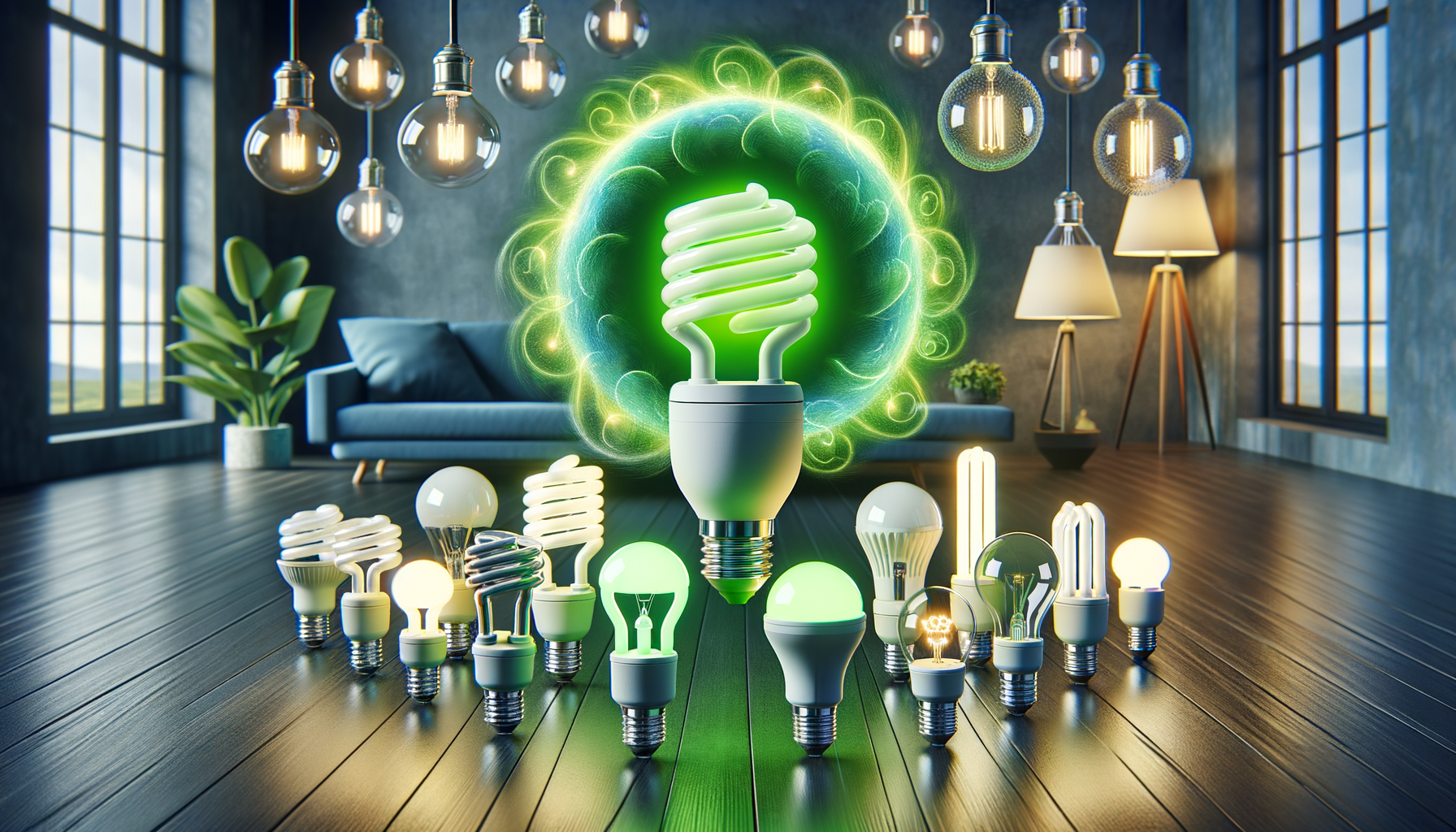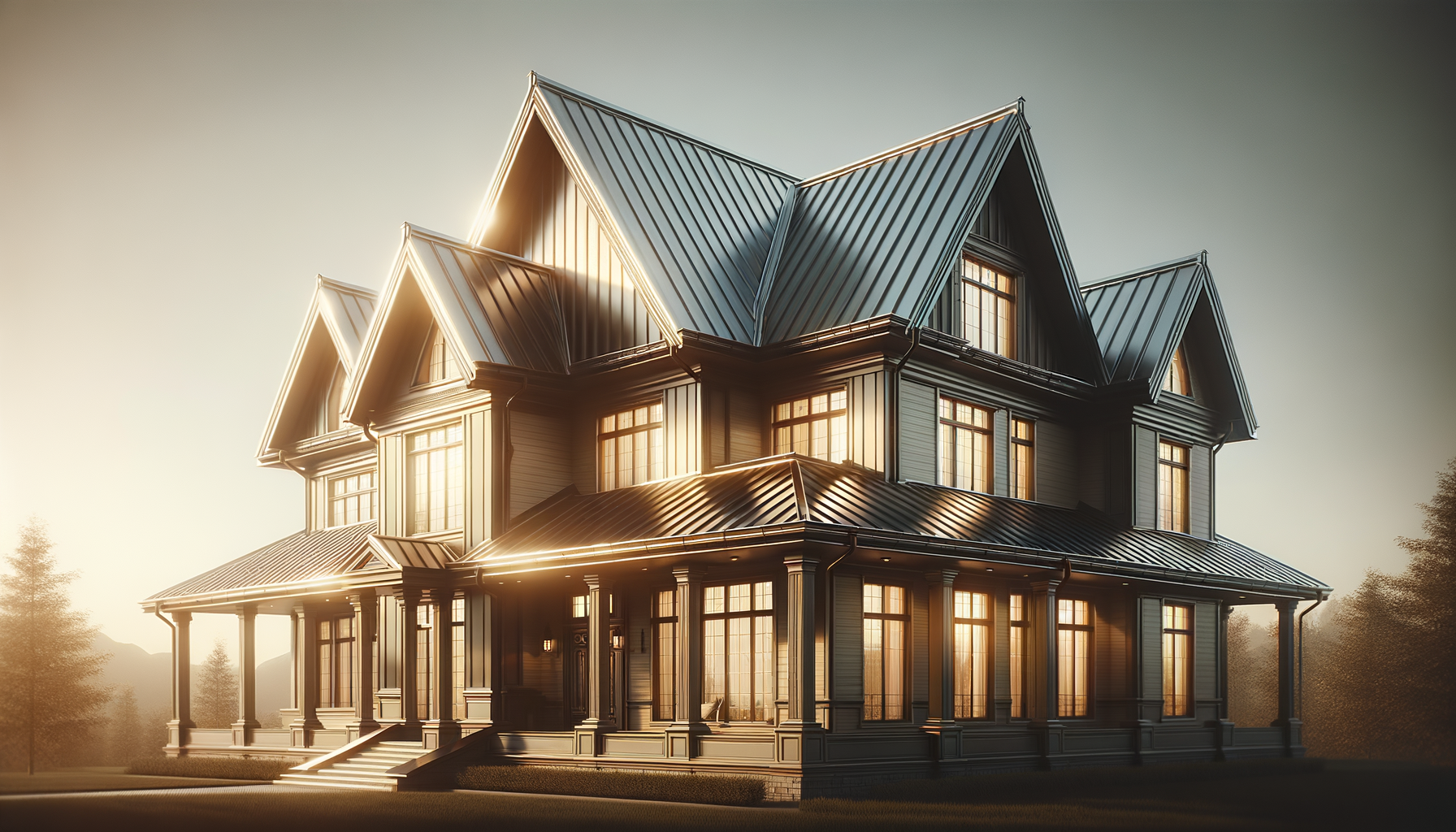The Ultimate Guide to Energy-Efficient Light Bulbs: Savings, Selection, and Sustainability

Updated 4 months ago
The Ultimate Guide to Energy-Efficient Light Bulbs: Savings, Selection, and Sustainability
Lighting is an integral part of our daily lives, shaping the ambiance of our homes and impacting both our wallets and the environment. As consumers grow more conscious about their energy consumption, understanding the most energy-efficient light bulbs becomes crucial. In this guide, we'll explore how to make the switch to eco-friendly lighting, detail the cost implications, and showcase the benefits from both a financial and environmental perspective.
Understanding the Spectrum of Light Bulbs
In the quest for energy efficiency, it's essential to know the differences between the various types of light bulbs available.
Incandescent Bulbs
The traditional bulb, known for its warm glow, is the least energy-efficient choice. Incandescent bulbs convert a mere 10% of the energy they consume into light, with the rest being emitted as heat. Despite their low upfront cost, they come with higher operational costs over time due to their short lifespan and energy consumption.
Compact Fluorescent Lamps (CFLs)
CFLs were the first major energy-saving alternative to incandescent bulbs, using about 75% less energy and lasting about ten times longer. They come in various shapes and sizes, sometimes requiring a brief warm-up to reach full brightness.
Light Emitting Diodes (LEDs)
LEDs represent the pinnacle of energy efficiency in lighting. Using up to 90% less energy and boasting lifespans that can exceed 25,000 hours, LEDs turn the majority of energy into light with very little wasted as heat. They are available in a multitude of hues and intensities, making them suitable for various settings and preferences.
Why Choose Energy-Efficient Bulbs?
Energy-efficient lighting, particularly LED technology, offers an unparalleled combination of cost savings, longevity, and environmental benefit. Here's why making the switch is something you'll want your household to consider:
-
Lower Energy Bills: Energy-efficient bulbs are designed to provide the same level of brightness as their traditional counterparts while using significantly less power. This translates to noticeable reductions in electricity bills.
-
Durability: With their sturdy construction, LEDs are less likely to shatter upon impact compared to traditional glass bulbs. This means less frequent replacements and decreased maintenance costs.
-
Environmental Impact: Energy-efficient bulbs contribute to fewer greenhouse gas emissions by reducing the demand for electricity generation, thus playing a vital role in the fight against climate change.
-
Quality of Light: Advanced technology means that energy-efficient bulbs now offer a range of lighting temperatures and color options, enhancing the ambiance of your home without sacrificing performance.
How to Choose the Right Energy-Efficient Bulb for Your Home
When shopping for light bulbs, consider the following factors to ensure you've made the best choice for your needs:
-
Brightness: Check the lumens rating, which indicates how much light you'll get from a bulb. More lumens mean brighter light; fewer lumens mean dimmer light.
-
Color Temperature: Measured in Kelvins, color temperature affects the warmth or coolness of the light. Lower Kelvins mean warmer, more yellow light, while higher Kelvins produce cooler, bluish light.
-
Bulb Shape and Base: Ensure the bulb shape and base will fit your fixtures. Common shapes include standard (A), globe (G), and candle (C), while bases are typically screw-type or pin-type.
-
Dimmability: Not all energy-efficient bulbs are dimmable. If your lights are controlled by a dimmer switch, look for bulbs that specify this feature.
-
Price: While more efficient bulbs are initially more expensive than traditional options, their long-term savings outweigh the initial investment.
Energy Efficiency in Lumens per Watt
| Type of Bulb | Watts | Lumens | Efficiency |
|---|---|---|---|
| Incandescent | 60W | 800 lm | ~13 lm/W |
| CFL | 15W | 800 lm | ~53 lm/W |
| LED | 10W | 800 lm | ~80 lm/W |
The stark difference in efficiency across bulb types is a clear argument for transition to LEDs for all-round savings and performance.
Lighting Your Home Sustainably
Transitioning to energy-efficient light bulbs is a key step in making your home more sustainable. Alongside choosing the right type of bulb, consider adopting smart lighting systems that allow more precise control over your lighting usage, further enhancing energy savings.
Implementing energy-efficient bulbs not only cuts down on your electricity consumption but also contributes to a significant reduction in overall carbon emissions. By making the smart switch, each household can make a profound impact on our planet's health.
Disposal and Recycling
Proper disposal of light bulbs, especially CFLs, which contain a small amount of mercury, is vital for environmental protection. Many local hardware stores offer recycling programs for used bulbs, and some manufacturers provide mail-back services or drop-off sites to ensure responsible recycling.
Energy-Efficient Lighting Incentives
Some utilities and government programs offer rebates and incentives for purchasing energy-efficient lighting. Check with your local utility company or search online for energy efficiency rebates in your area to maximize your investment.
Conclusion: The Bright Choice for Today and Tomorrow
Choosing the most energy-efficient light bulb not only makes sense for your wallet but also for the environment. LEDs have revolutionized the way we light our homes, offering a multitude of benefits that traditional bulbs simply can't match. By making the switch, you're investing in a brighter and more sustainable future.
For a tailored estimate of the savings you can achieve with energy-efficient lighting, use the calculator below to see how much you can save on your energy bills and reduce your carbon footprint.
Remember, every bulb makes a difference—your choice in lighting is a simple yet powerful tool for energy conservation. Make the switch today for a luminous tomorrow.




